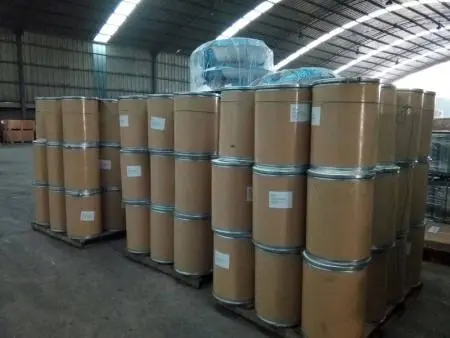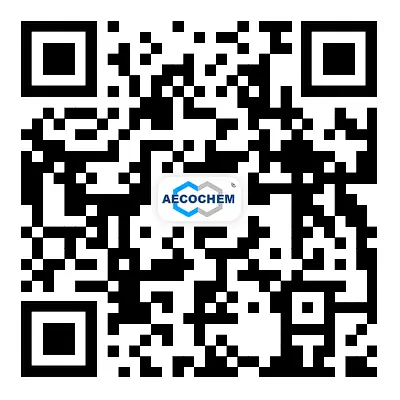Can Pyromellitic Dianhydride Replace Other Adhesives?
2025-04-30
The feasibility of pyromellitic dianhydride as an alternative adhesive medium is determined by the matching degree of its molecular topology and reaction kinetics. Pyromellitic dianhydride achieves multi-directional cross-linking ability through four symmetrically distributed anhydride groups, and forms a three-dimensional network with hydroxyl or amino-containing polymer precursors under thermal excitation. Traditional adhesives rely on single functional groups or linear reaction pathways, and such quaternary active sites can break through the bonding density limit of traditional curing processes, but also increase the sensitivity to processing temperature curves.

The low melt fluidity caused by high crystallinity limits its direct application as a contact adhesive, and it is necessary to balance adhesion and cohesive strength through copolymerization modification. Compared with epoxy systems, pyromellitic dianhydride cured products have a better thermal weight loss threshold, but the increase in molecular chain rigidity may lead to interfacial stress concentration.
The difference in environmental tolerance is reflected in the chemical stability level. The pyromellitic dianhydride polycondensation product is more resistant to oxidative degradation than most organic adhesives, but the hydrolysis tendency of residual anhydride under wet-heat cycling conditions may weaken the long-term interface integrity.
 English
English Español
Español  Português
Português  русский
русский  Français
Français  日本語
日本語  Deutsch
Deutsch  tiếng Việt
tiếng Việt  Italiano
Italiano  Nederlands
Nederlands  ภาษาไทย
ภาษาไทย  Polski
Polski  한국어
한국어  Svenska
Svenska  magyar
magyar  Dansk
Dansk  Suomi
Suomi  العربية
العربية  český
český  ελληνικά
ελληνικά 


